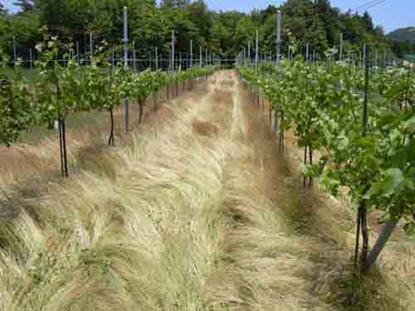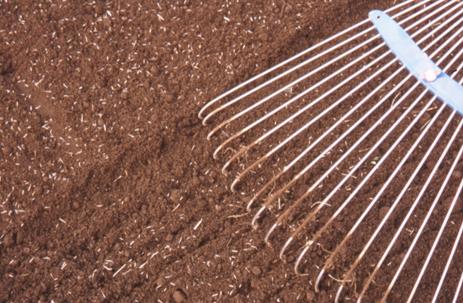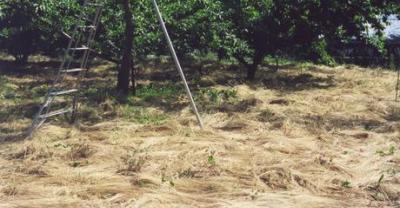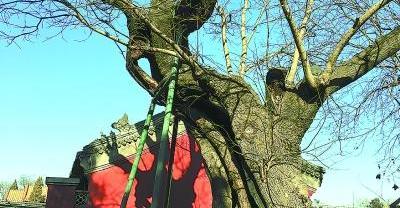Planting green manure crop in orchard-- rat thatch and sowing points

Peachtree planting Ratchgrass
Green manure is the cultivated or wild green plants that are applied directly or after composting to the soil as fertilizer. Crops planted specifically for green manure are called green manure crops. Green manure also has a variety of functions such as improving soil fertility, making feed, soil and water conservation, and restoring wasteland. This article mainly introduces the current orchard used more thatch.
Ratchgrass, also known as Ratchgrass, is a cold and not resistant to high temperature herbaceous green manure plants. The leaves grow in clusters of linear needles on the ground, and naturally lie prostrate. The needles are 60-70 cm long. The growth period of Ratchgrass is basically the same as that of wheat, because its growth period is longer and dense, and its new leaves bloom earlier after overwintering, which can cover the soil to inhibit other weeds. In June and July of each year in the north, it naturally withers and dies, and it germinates again in September and October of the same year.

Planting Ratchgrass in Grape Room
The main benefits of growing grass in orchards are:
1) Prevention of soil erosion.
2. Supplement soil organic matter. The annual hay yield is 600-700kg/mu.
3. Loosening soil through roots. The root system of thistle grass can penetrate into the soil to a depth of 30cm, improving soil drainage and permeability.
4. Suppression of weeds. Long ground coverage period, annual weed control.
5. Keep soil moisture and temperature stable.
6. Increase VA root bacteria.

Seed difference between Ratchgrass and Lolium perenne
For farmers who are sowing grass for the first time in their orchards, the following should be noted when sowing:
1. First, clean the weeds on the ground (herbicide intertill weeding).
2, strictly observe the sowing period (mid-September-mid-October), choose the day before the rain without wind.
3. Sow seeds evenly (1.5-2.0kg/mu).
4. Do not cover the soil (not deep sowing).

thatch seeding
- Prev

Difficult requirements and countermeasures for planting Platycodon grandiflorum flowers?
Difficult requirements and countermeasures for planting Platycodon grandiflorum flowers? Platycodon grandiflorum (Eustoma grandiflorumShinn.) Platycodon grandiflorum of the family Gentianaceae.
- Next

Key points of Prevention and Control methods of "Invisible Killer" in Pepper planting
What is the "invisible killer" of chili? Root-knot nematode (Meloidogyne spp.), commonly known as "root-growing potato", is a kind of great damage to crops.
Related
- Fuxing push coffee new agricultural production and marketing class: lack of small-scale processing plants
- Jujube rice field leisure farm deep ploughing Yilan for five years to create a space for organic food and play
- Nongyu Farm-A trial of organic papaya for brave women with advanced technology
- Four points for attention in the prevention and control of diseases and insect pests of edible fungi
- How to add nutrient solution to Edible Fungi
- Is there any good way to control edible fungus mites?
- Open Inoculation Technology of Edible Fungi
- Is there any clever way to use fertilizer for edible fungus in winter?
- What agents are used to kill the pathogens of edible fungi in the mushroom shed?
- Rapid drying of Edible Fungi

